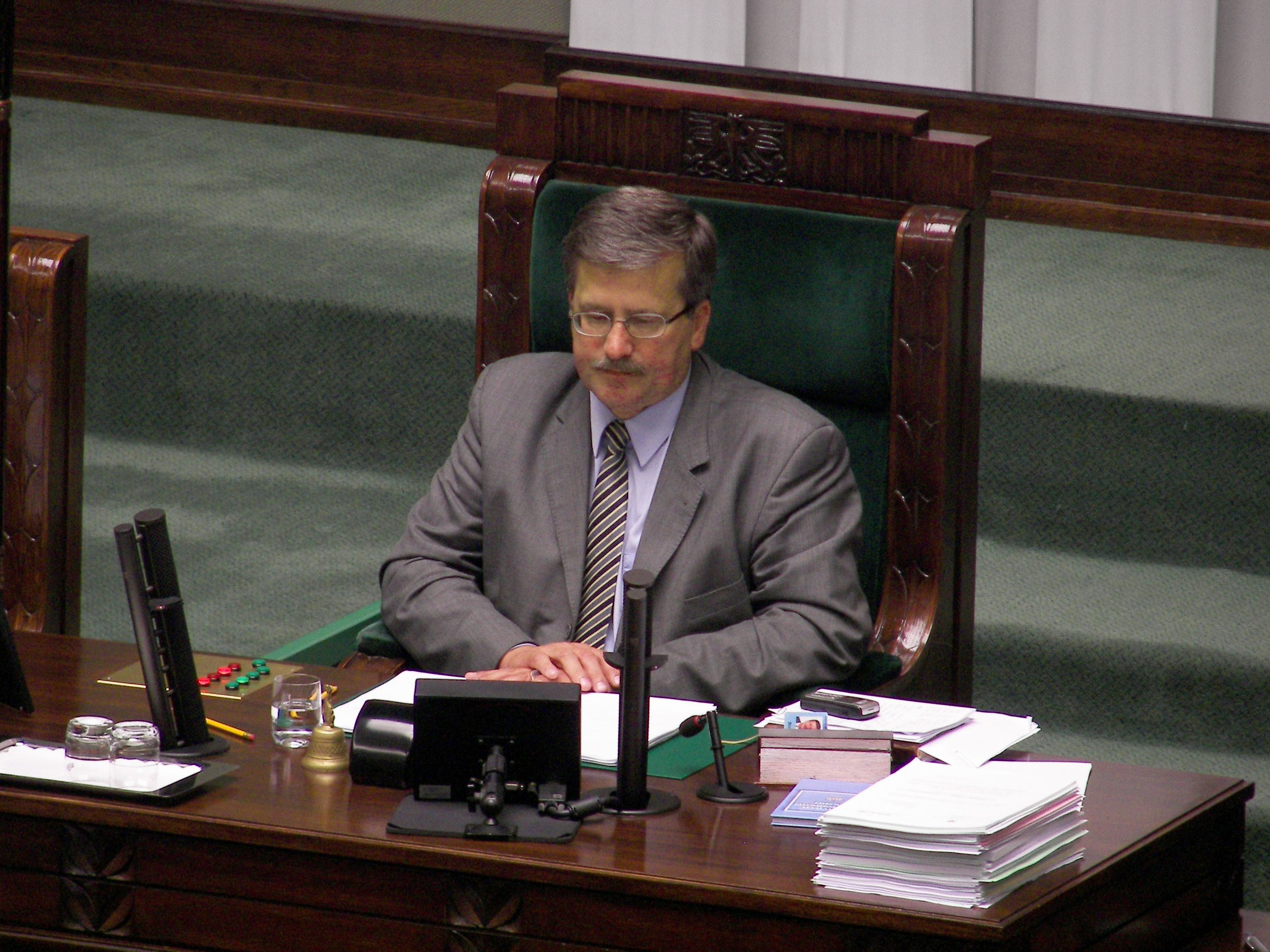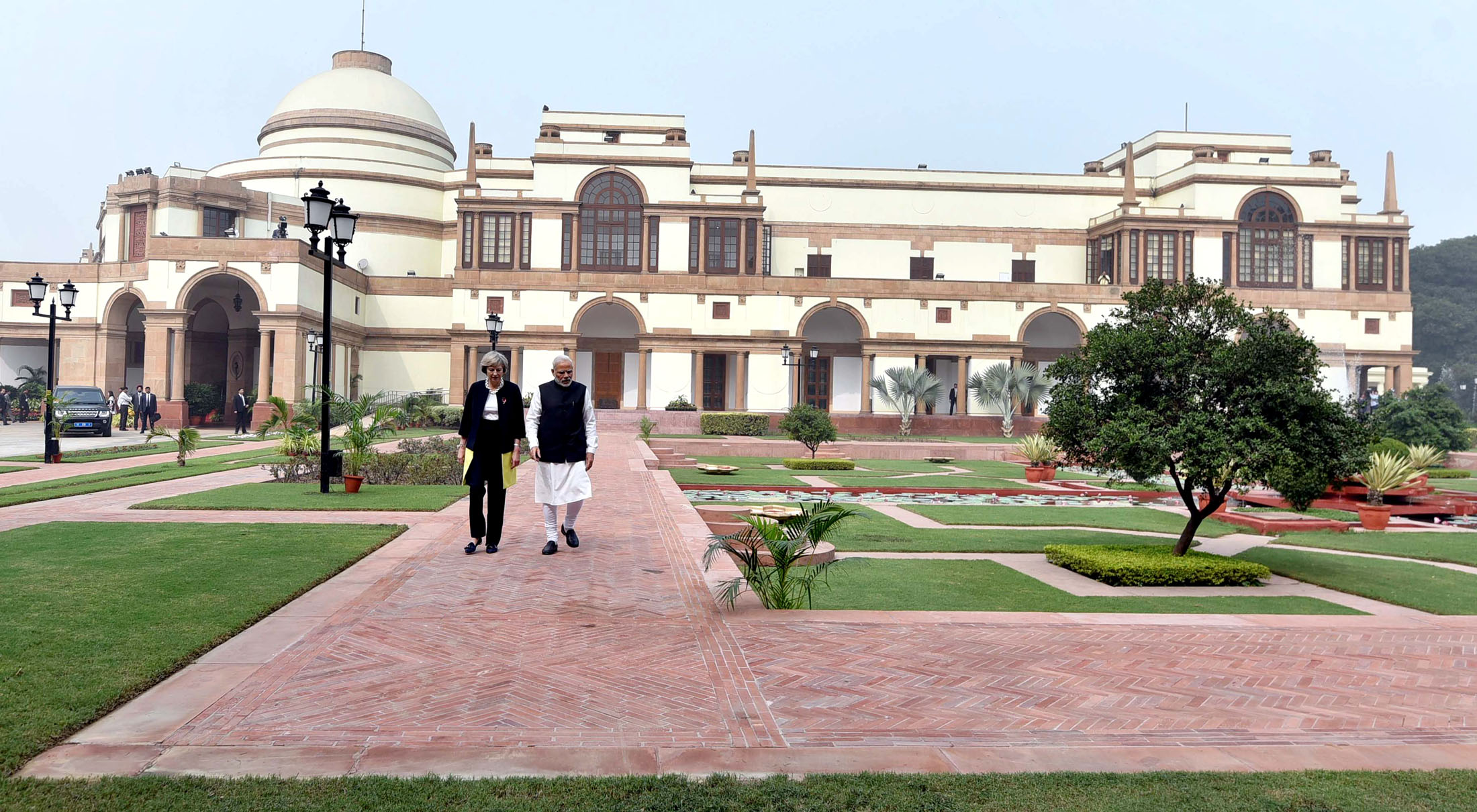|
Belweder
Belweder (; from the Italian ''belvedere'', "beautiful view") is a neoclassical palace in Warsaw, Poland. Erected in 1660 and remodelled in the early 1800s, it is one of several official residences used by Polish presidents as well as a state guest house for visiting heads of state. The complex is situated south of Warsaw's city center, in the vicinity of the historic Royal Baths Park (Łazienki). History The present building is the latest of several that stood on the site since 1660. Belweder once belonged to Poland's last king, Stanislaus Augustus, who used it as a porcelain-manufacturing plant. From 1818 it was the residence of Grand Duke Constantine Pavlovich, who de facto acted as viceroy in the Congress Kingdom of Poland. He fled from Belweder at the beginning of the November 1830 Uprising. After the re-establishment of Poland's independence following the First World War (1918), Belweder served as the residence of Marshal Józef Piłsudski, Chief of State (1918–2 ... [...More Info...] [...Related Items...] OR: [Wikipedia] [Google] [Baidu] |
Łazienki Park
Łazienki Park, or the Royal Baths Park (), is the largest park in Warsaw, Poland, occupying 76 hectares of the city center. The park-and-palace complex lies in the Downtown, Warsaw, Downtown district, on Ujazdów Avenue, which is part of the Royal Route, Warsaw, Royal Route linking the Royal Castle, Warsaw, Royal Castle with Wilanów Palace to the south. In the mid-16th century the Łazienki area became part of the estates of Queen Bona Sforza, who ordered the construction of a wooden manor house with an Italian garden. In 1624 King Sigismund III Vasa erected, north of the present Łazienki Park, the quadrilateral stone Ujazdów Castle. Most of the Łazienki Park buildings were originally designed in the 17th century by Tylman van Gameren in the Baroque style for military commander Stanisław Herakliusz Lubomirski, including an ornate bathing pavilion that eventually gave its name to the gardens. In 1764 King Stanisław II August obtained Ujazdów, Warsaw, Ujazdów and extensi ... [...More Info...] [...Related Items...] OR: [Wikipedia] [Google] [Baidu] |
Józef Piłsudski
Józef Klemens Piłsudski (; 5 December 1867 – 12 May 1935) was a Polish statesman who served as the Chief of State (Poland), Chief of State (1918–1922) and first Marshal of Poland (from 1920). In the aftermath of World War I, he became an increasingly dominant figure in Polish politics and exerted significant influence on shaping the country's foreign policy. Piłsudski is viewed as a father of the Second Polish Republic, which was re-established in 1918, 123 years after the final partition of Poland in 1795, and was considered ''de facto'' leader (1926–1935) of the Second Republic as the Minister of Military Affairs (Poland), Minister of Military Affairs. Seeing himself as a descendant of the culture and traditions of the Polish–Lithuanian Commonwealth, Piłsudski believed in a multi-ethnic Poland—"a home of nations" including indigenous ethnic and religious minorities. Early in his political career, Piłsudski became a leader of the Polish Socialist Party. Bel ... [...More Info...] [...Related Items...] OR: [Wikipedia] [Google] [Baidu] |
Polish President
The president of Poland ( ), officially the president of the Republic of Poland (), is the head of state of Poland. His or her prerogatives and duties are determined in the Constitution of Poland. The president jointly exercises the executive power together with the Council of Ministers headed by the prime minister. The president has a right to dissolve both chambers of parliament in certain cases determined by the constitution, can veto legislation, represents the Republic on the international stage, and is the commander-in-chief of the nation's Armed Forces. History The first president of Poland, Gabriel Narutowicz, was sworn in as president of the Second Polish Republic on 11 December 1922. He was elected by the National Assembly (the Sejm and the Senate) under the terms of the 1921 March Constitution. Narutowicz was assassinated on 16 December 1922. Previously Józef Piłsudski had been "Chief of State" (''Naczelnik Państwa'') under the provisional Small Constitution ... [...More Info...] [...Related Items...] OR: [Wikipedia] [Google] [Baidu] |
Presidential Palace, Warsaw
The Presidential Palace () is the official residence of the Polish List of heads of state of Poland, head of state and president alongside the Belweder Palace, located in Warsaw, Poland. Originally constructed in 1643 as an aristocratic mansion, it was rebuilt and remodelled several times over the course of its existence by notable architects. The current neoclassical architecture, neoclassical palace was completed in 1818. Throughout its history, the palace was a venue for important historical events in Polish, European, and world history. In 1791, the facility hosted authors and advocates of the Constitution of 3 May 1791, the first modern European constitution. In 1818, the palace began its ongoing career as a governmental structure when it became the seat of the Viceroy (Namiestnik of the Kingdom of Poland, ''namiestnik'') of Congress Poland. Following Poland's resurrection after World War I, in 1918, the building was taken over by the newly reconstituted Polish authorities an ... [...More Info...] [...Related Items...] OR: [Wikipedia] [Google] [Baidu] |
November Uprising
The November Uprising (1830–31) (), also known as the Polish–Russian War 1830–31 or the Cadet Revolution, was an armed rebellion in Russian Partition, the heartland of Partitions of Poland, partitioned Poland against the Russian Empire. The uprising began on 29 November 1830 in Warsaw when young Polish officers from the military academy of the Army of Congress Poland revolted, led by Lieutenant Piotr Wysocki. Large segments of the peoples of Lithuania, Belarus, and Right-bank Ukraine soon joined the uprising. Although the insurgents achieved local successes, a numerically superior Imperial Russian Army under Ivan Paskevich eventually crushed the uprising. "Polish Uprising of 1830–31." ''The Great Soviet Encycloped ... [...More Info...] [...Related Items...] OR: [Wikipedia] [Google] [Baidu] |
Neoclassical Architecture
Neoclassical architecture, sometimes referred to as Classical Revival architecture, is an architectural style produced by the Neoclassicism, Neoclassical movement that began in the mid-18th century in Italy, France and Germany. It became one of the most prominent architectural styles in the Western world. The prevailing styles of architecture in most of Europe for the previous two centuries, Renaissance architecture and Baroque architecture, already represented partial revivals of the Classical architecture of Roman architecture, ancient Rome and ancient Greek architecture, but the Neoclassical movement aimed to strip away the excesses of Late Baroque and return to a purer, more complete, and more authentic classical style, adapted to modern purposes. The development of archaeology and published accurate records of surviving classical buildings was crucial in the emergence of Neoclassical architecture. In many countries, there was an initial wave essentially drawing on Roman archi ... [...More Info...] [...Related Items...] OR: [Wikipedia] [Google] [Baidu] |
Stanisław Wojciechowski
Stanisław Wojciechowski (; 15 March 1869 – 9 April 1953) was a Polish people, Polish politician and scholar who served as President of Poland between 1922 and 1926, during the Second Polish Republic. He was elected president in 1922, following the assassination of his predecessor Gabriel Narutowicz. During his presidency, Wojciechowski and his erstwhile friend Józef Piłsudski disagreed on the political direction of the nation. In 1926, Piłsudski staged a May Coup (Poland), military coup, which resulted in Wojciechowski resigning from office. Early life Stanisław Wojciechowski was born on 15 March 1869 in Kalisz into a Polish noble family with strong ties to the intelligentsia. He was one of seven children of Second Lieutenant Feliks Wojciechowski (1825-1881), a caretaker of a prison in Kalisz who participated during the January Uprising, and his wife Florentyna Vorhoff. He was raised in a spirit of patriotism and devotion to his homeland. In 1888, he graduated in the Ka ... [...More Info...] [...Related Items...] OR: [Wikipedia] [Google] [Baidu] |
Bronisław Komorowski
Bronisław Maria Komorowski (; born 4 June 1952) is a Polish politician and historian who was the fifth president of Poland from 2010 to 2015. Komorowski previously served as Ministry of National Defence (Poland), Minister of National Defence from 2000 to 2001. As Marshal of the Sejm, Komorowski exercised the powers and duties of Acting President of Poland, acting president following the death of President Lech Kaczyński in a Smolensk air disaster, plane crash on 10 April 2010. Komorowski was then the governing Civic Platform party's candidate in the resulting 2010 Polish presidential election, presidential election, which he won in the second round of voting on 4 July 2010. He was sworn in as president on 6 August 2010. Komorowski thus became the second person to serve on two occasions as Polish head of state since 1918, after Maciej Rataj. On 24 May 2015, Komorowski was defeated in the second round by Andrzej Duda in the 2015 Polish presidential election, 2015 presidential ... [...More Info...] [...Related Items...] OR: [Wikipedia] [Google] [Baidu] |
State Guest House
{{Unreferenced, date=May 2022 A state guest house is a building owned by the government of a country which is used as an official residence for visiting foreign dignitaries, especially during state visits or for other important events. Africa Morocco * Mendoub's Residence in Tangier Americas Canada * 7 Rideau Gate in Ottawa United States * Blair House (President's Guest House) in Washington, D.C. Asia Bangladesh * Jamuna State Guest House * Meghna State Guest House * Padma State Guest House China * Diaoyutai State Guesthouse in Beijing India * Hyderabad House Indonesia * Merdeka Palace * Istana Negara (Jakarta), State Palace Japan * Akasaka Palace in Tokyo * Kyoto State Guest House in Kyoto North Korea * Paekhwawon State Guest House Sri Lanka * Visumpaya Taiwan * Taipei Guest House Turkey * Ankara Palas Vietnam * State Guest House (Vietnam), State Guest House in Hanoi Europe Ireland * Farmleigh in Dublin Finland * Finnish State Guesthouse in Munkkiniemi, He ... [...More Info...] [...Related Items...] OR: [Wikipedia] [Google] [Baidu] |
Belvedere Vodka
Belvedere Vodka is a brand of Polish rye vodka produced and distributed by LVMH. It is named after Belweder, the Polish presidential palace in Warsaw, whose illustration appears on its bottles. It is produced in the town of Żyrardów in Poland. The Polish vodka was launched in the United States in 1996 as a "luxury" liquor and is marketed as the world's first ''super premium vodka''. Since entering the U.S. market, Belvedere has partnered with a number of celebrities including Chelsea Handler, Usher and John Legend. In 2015, the brand was chosen as the official vodka of the 24th James Bond film, ''Spectre''. History The distillery that produces Belvedere was constructed in 1910. Production began in 1993 at the facility located at Polmos Żyrardów, Poland. It was first imported to the US in 1996 by Eddie Phillips of Phillips Distilling under Phillips Millennium. In 2002, 40% of Millennium was acquired by the luxury goods group LVMH and in April 2005 this stake was raised to ... [...More Info...] [...Related Items...] OR: [Wikipedia] [Google] [Baidu] |
Warsaw
Warsaw, officially the Capital City of Warsaw, is the capital and List of cities and towns in Poland, largest city of Poland. The metropolis stands on the Vistula, River Vistula in east-central Poland. Its population is officially estimated at 1.86 million residents within a Warsaw metropolitan area, greater metropolitan area of 3.27 million residents, which makes Warsaw the List of cities in the European Union by population within city limits, 6th most-populous city in the European Union. The city area measures and comprises List of districts and neighbourhoods of Warsaw, 18 districts, while the metropolitan area covers . Warsaw is classified as an Globalization and World Cities Research Network#Alpha 2, alpha global city, a major political, economic and cultural hub, and the country's seat of government. It is also the capital of the Masovian Voivodeship. Warsaw traces its origins to a small fishing town in Masovia. The city rose to prominence in the late 16th cent ... [...More Info...] [...Related Items...] OR: [Wikipedia] [Google] [Baidu] |







